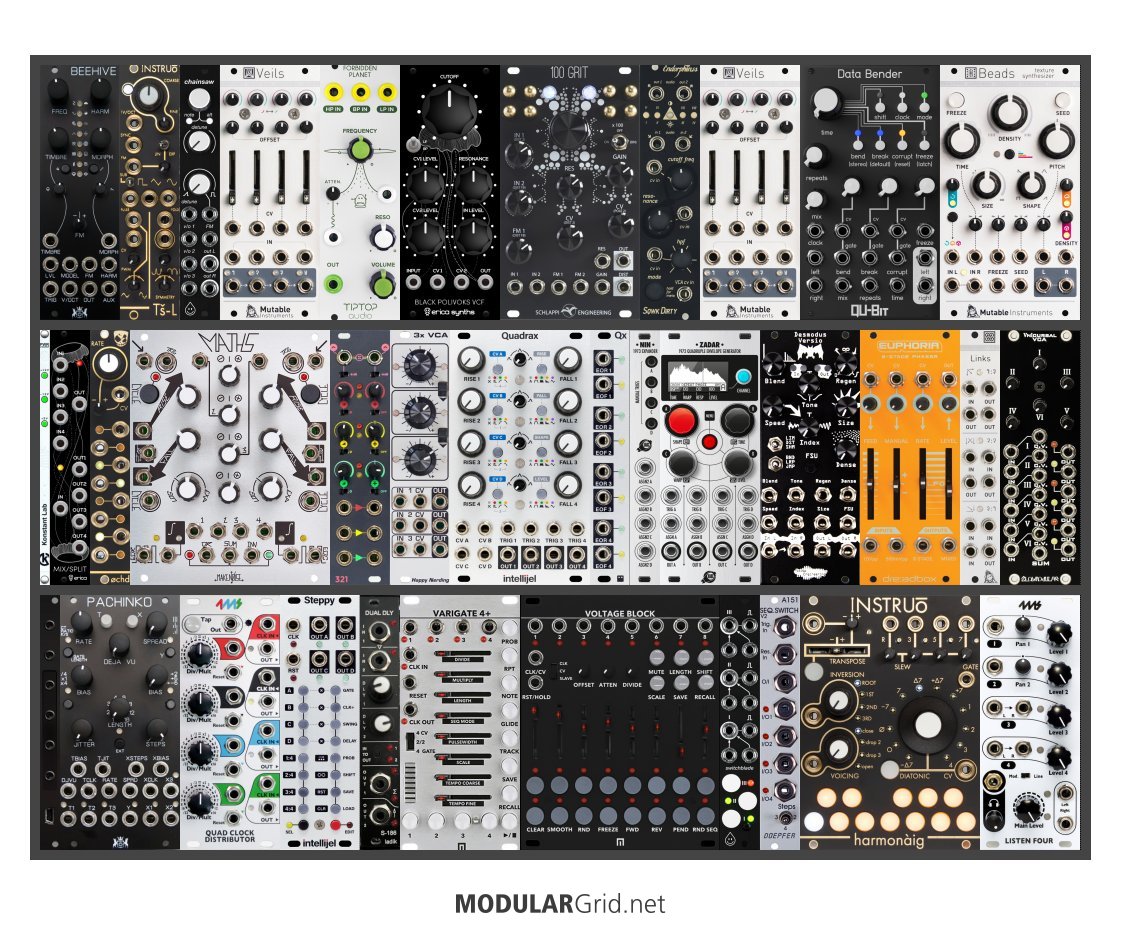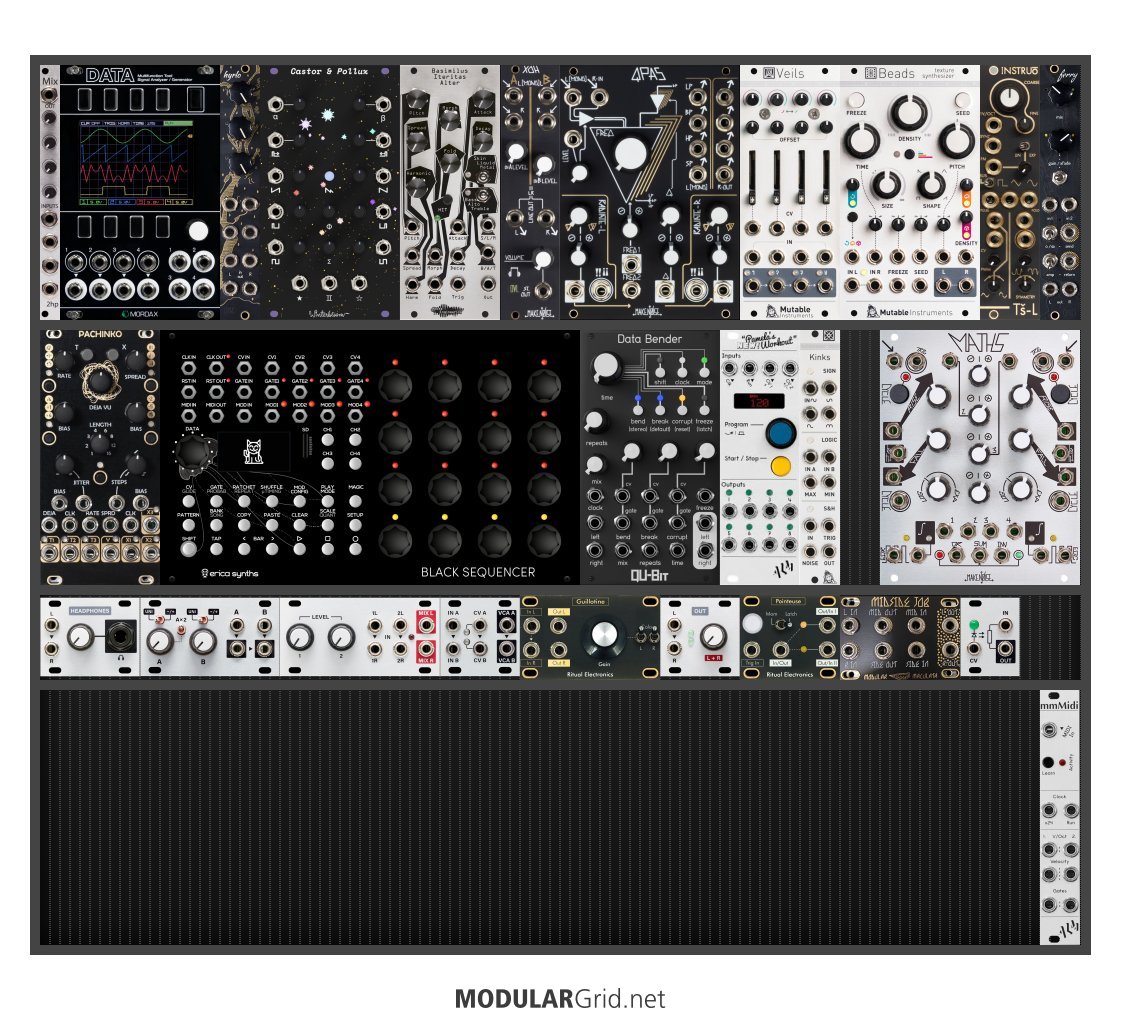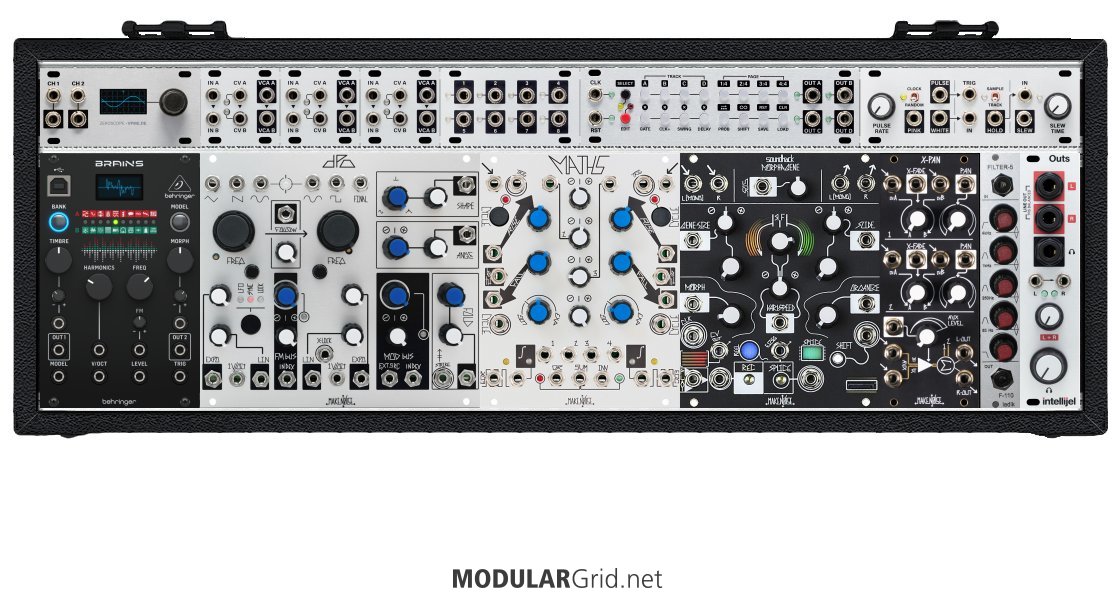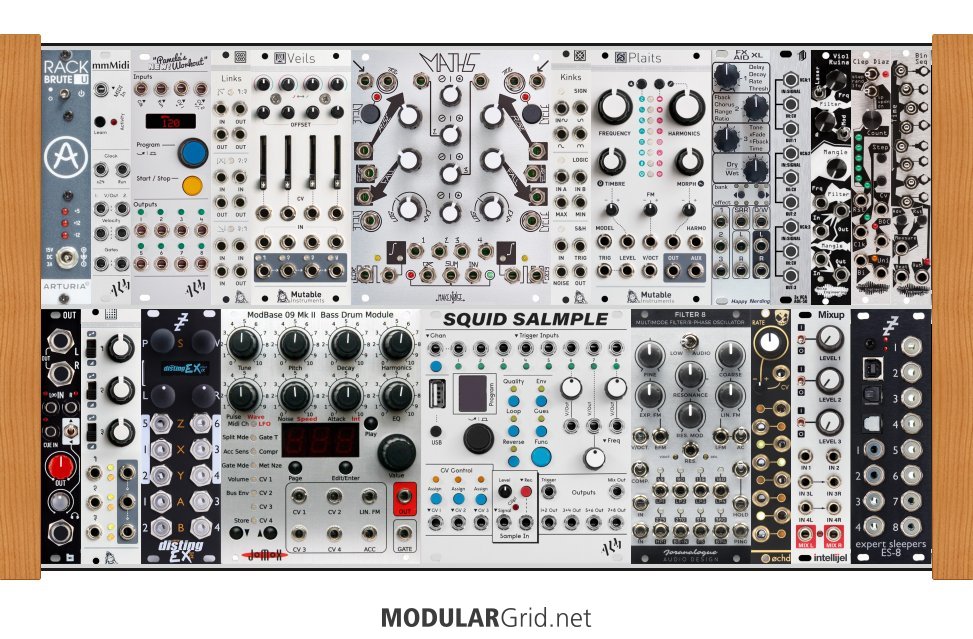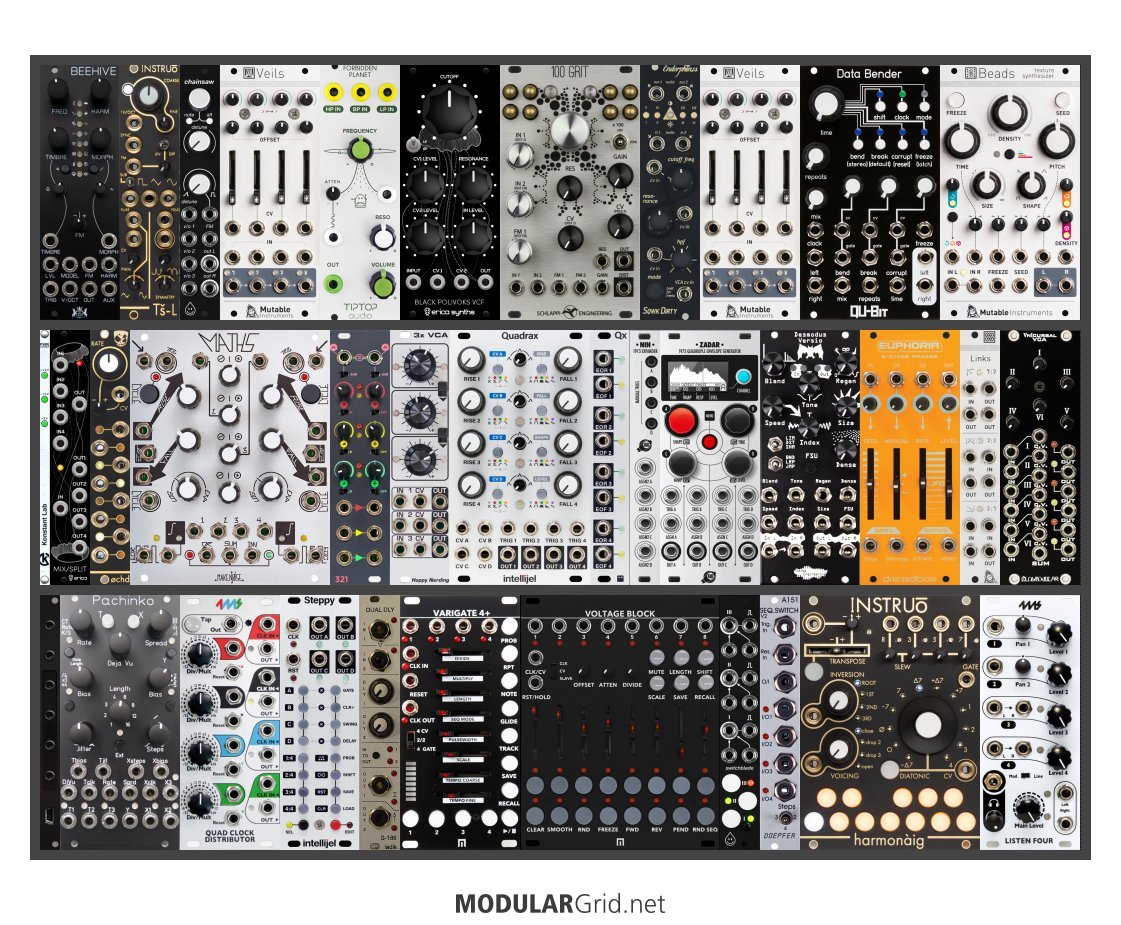Hi Lugia,
Hmm interesting and weird at the same time :-) I wasn't aware of that there seems to be a difference in the powering system (electricity I mean here) between let's simplify this to European (balanced?) system and the North American (unbalanced?) system. Is this applicable to Canada as well? I am asking since there is perhaps a very small chance that I might consider to move to Canada, but this unbalanced power thing might keep me away from doing so, sounds pretty bad to me and sorry to hear that you "suffer" from an unbalanced system. It seriously doesn't sound good to me, one must be able to rely on a good and properly grounded (electrical) system, in my humble opinion.
Though I have studied electricity circuits, I can't say I ever came across this balanced and unbalanced difference :-( Now that has been almost 30 years ago and professionally I haven't done much with that what I learned about that study, still I think I should call that educational institution and ask my money back ;-)
But here in Europe, at least those countries I know and I am aware of, we use here for most of the electricity "power connections" the 3-wire system. Same for most South-East Asian countries where I have lived too (afaik). One ground wire usually coded as yellow/green wire. Then you have a brown wire (we call it the phase wire; one of the three phases of which 3-phase AC electricity connection in the house from the "street connection" has been used from) that's as you called the hot wire, or simply the AC wire and we have a blue wire that's the zero or null wire, is that your neutral wire then? So to me it sounds pretty much the same as what you have in the USA? The ground wire is connected with a quite thick copper or nowadays even thicker aluminium (since that's cheaper than copper) metal bar that has been drilled or hammered down into the ground under or next to the house, to make sure you have a good "ground to the earth".
There is for small electrical devices, a two-wire system as well, then you only have a brown wire for the (AC) phase and a blue wire for the zero wire, there is no ground wire then. Most systems (critical but even less critical systems, for example, computers, audio devices, or whatsoever) usually use 3-wire plugs though and for those few small devices that don't have the ground then it is usually not too critical that it doesn't have the ground.
Now if I remember my electricity study well, it's highly forbidden (at least here in Europe from a safety and an electricity installation point of view) to have more than one ground, you must make sure when you do an electricity installation in a building that the ground is every where "the same" so to speak. Are you saying that you have more than one ground? Each electric circuit has it's "own" ground? If your answer to that is yes, then that seriously sucks ;-) If your answer to that is no, then I don't understand it at all ;-) Because then you have one ground as well and then it shouldn't be an issue.
If one connects all ground wires of all the electric circuits to that ground that leads into the earth (which is usually the case very nearby or even in the circuitry board/casing), i.e. the real "ground" or earth or whatever one likes to call it, then one shouldn't have any issues. But do I understand this correctly that you don't have a "real" ground in the USA (and perhaps in Canada)? Then how are you ever going to have a grounded system? To me that sounds like pretty dangerous too?
Interesting matter but extremely close to unbelievable as well, at least here from sitting in Europe point of view ;-)
By the way, you wrote this about the electrical system here in Europe: "There's no "neutral", but instead you have two legs at 1/2 of the total mains voltage that are referenced to ground, which gives you the proper 230V for the device in question."
That's however not correct, please refer to my above-explained 3-wire system we use here in Europe. We have the full 230 V on that phase wire as we call it (the brown wire) and then a zero or null wire (blue). Beside that, the ground wire (yellow/green). So there are no two wires that each provide half of the 230 V, that doesn't exist here, it wouldn't be AC then, it would than be rather DC.
Kind regards, Garfield.

